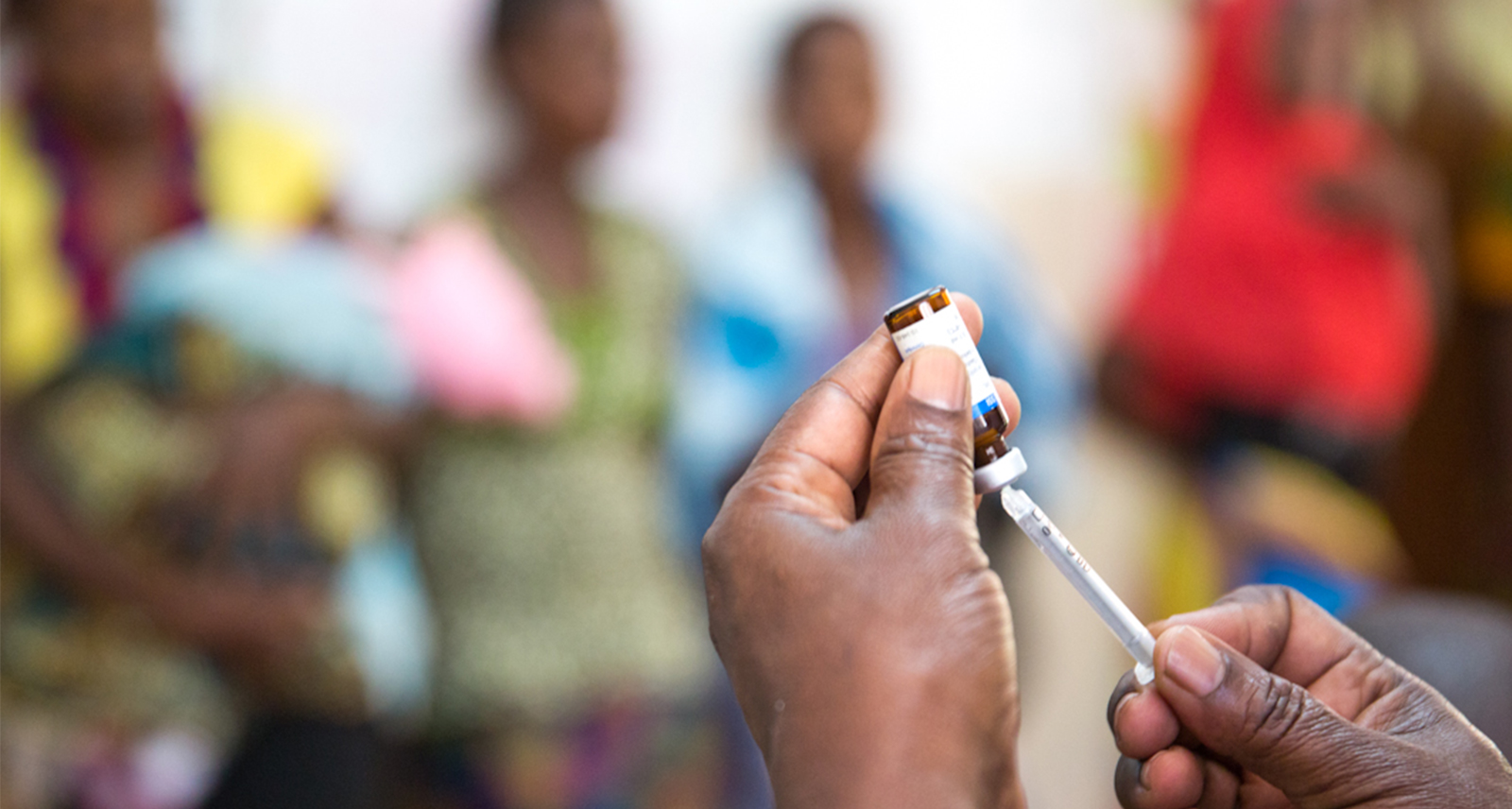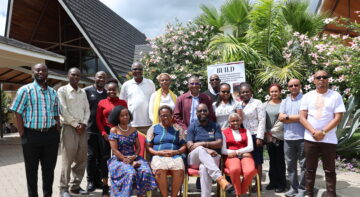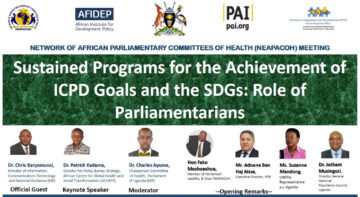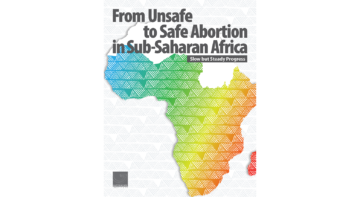News

Sub-Saharan Africa has the highest unintended pregnancy rate and the highest estimated proportion of unsafe abortions in the world. It is estimated that unsafe abortion is responsible for approximately 7% of maternal mortality in the region. As of 2019, Sub-Saharan Africa had the highest annual case-fatality rate of any world region, at roughly 185 deaths per 100,000 abortions. These deaths are not only preventable, but also point to an urgent need for comprehensive and quality post abortion care to prevent more women from dying from severe consequences of unsafe abortion.
A new report titled From Unsafe to Safe Abortion: Slow but Steady Progress in Sub-Saharan Africa by Guttmacher Institute responds to the call in the first Maputo Plan of Action to reduce the incidence of unsafe abortion by ‘compiling and disseminating data on the magnitude and consequences of unsafe abortion.’
Evidence presented in the report will be shared at the International Federation of Gynecology and Obstetrics (FIGO) Africa Regional Kigali 2020 Congress at a session hosted by the Guttmacher Institute and AFIDEP. The session titled ‘Unintended Pregnancy and Unsafe Abortion in Sub-Saharan Africa’ will take place on Tuesday, 15 December at 16.00 – 17.30 CAT.
The virtual Congress will draw diverse actors including healthcare professionals, researchers, policy-makers, civil society groups and others with interest in reproductive health and rights from all over the world to participate in rich scientific programmes and a host of other collaborative activities.
AFIDEP’s Dr. Eliya Zulu will moderate the session which will include an overview of study findings and implications for policy and practice by Dr Akin Bankole, Guttmacher Institute, a stimulating panel discussion, and a Q & A session. Session panelists are Dr. Tsungai Chipato, University of Zimbabwe; Dr. Ndola Prata, University of California-Berkeley; Dr. Jotham Musinguzi, National Population Council (NPC), Uganda; and Dr. Funmilola Olaolorun, University of Ibadan.
Key findings from the Sub-Saharan Africa monograph on abortion highlight:
- Regional Incidence and trends in abortion: from 2015 to 2019, an estimated 33 abortions occurred annually per 1,000 women aged 15–49, with little variation across regions in Sub-Saharan Africa. Similarly, in the last two decades, the abortion rate remains largely unchanged in the regions
- Legal status of abortion: Since the adoption of the Maputo Protocol by the African Union in 2003, only seven Sub-Saharan countries have reformed their laws to meet—and in one case, exceed—the safe abortion criteria laid out in this women’s rights document (i.e., in at least category 4 with all three additional legal grounds of rape, incest and fetal anomaly)
- Unsafe abortion: As of 2019, the region’s annual number of unsafe abortions—6.2 million—exacts a heavy toll on the region’s adolescents, women and families
- Unintended pregnancy and abortion: Pregnancy rates in Sub-Saharan Africa are the highest of any world region (281 per 1,000 women per year). The subcontinent has the highest unintended pregnancy rate in the world (91 per 1,000), despite having the lowest proportion of pregnancies that are unintended (42%).
Related Posts





